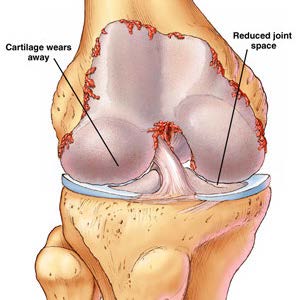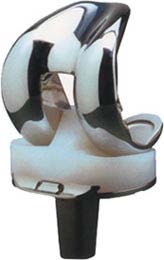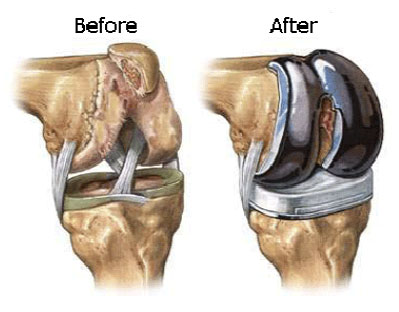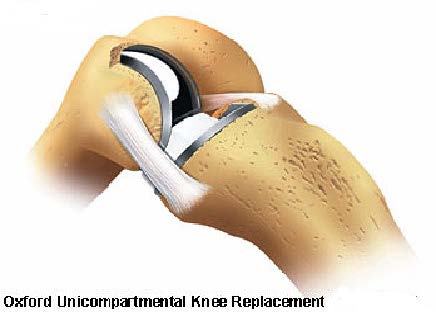


A knee replacement is an operation which involves replacing a damaged knee joint with an artificial one. Usually, the ends of the two bones making up the knee joint are replaced with metal surfaces, and a plastic bearing is inserted to act as the cartilage (a total knee replacement).
Knee replacements usually are of Total in variety. This essentially means that both the lower end of the thigh bone (femur) and upper end of the leg bone (tibia) which make up the knee joint are replaced by metal surfaces and a plastic bearing is inserted in between. The back of the knee cap (patella) will be replaced by a plastic disc but not in all cases. The decision to perform this is taken at the time of surgery when your knee is opened. Sometimes, only one part of the knee is replaced (a partial or uni-compartmental replacement or patello-femoral knee replacement), and sometimes, the underside of the kneecap is trimmed and a plastic button inserted to help smooth the knee movements.


A knee replacement will aim to relieve your pain, and improve your movement, strength and walking. About 8 out of 10 people say they are happy with their knee replacement, 1 in 10 are unsure and 1 in 10 are disappointed.